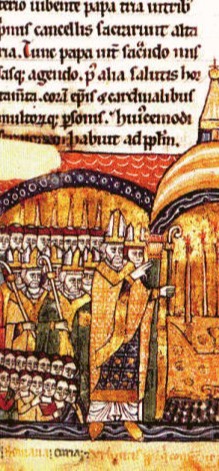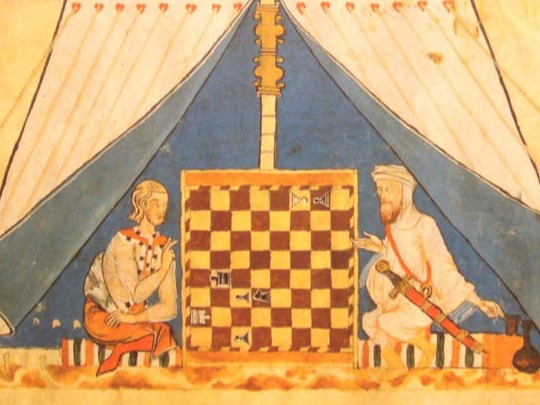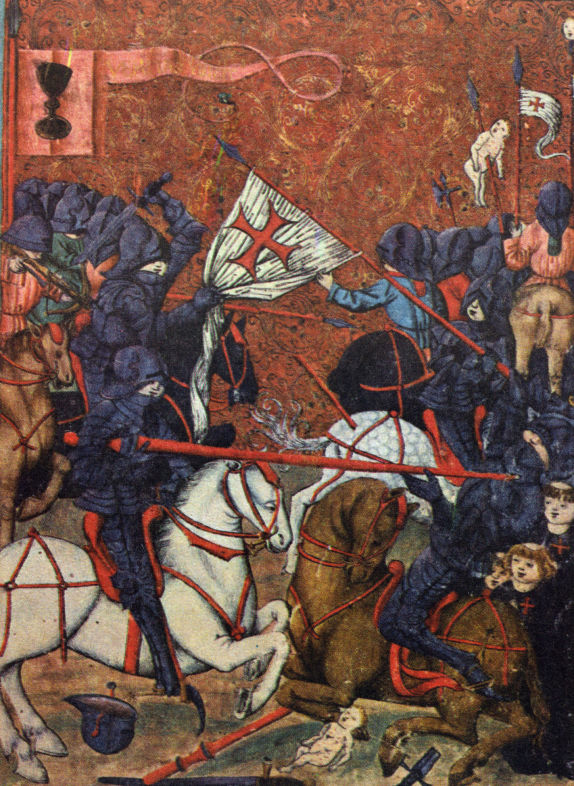Most people understand the adage; where there is religion there is conflict. If we look further into this, we understand also that religion is often intrinsically linked to power, position, land, nationalism and access to finances and resource.
In Medieval Europe, positioning for power and land was an everyday occurrence for rulers and this included the Papacy. Those who possessed the more land, had more finances. Those who had more finances, held more power. Struggling with manpower and resource strains due to the Byzantine-Seljuq Wars, the Byzantine Emperor had petitioned Pope Urban II for more support in return for reconciliation of the Byzantinian Empire towards the Papacy. “I’ll scratch your back if you scratch mine”. Pope Urban II decided to personally recruit the Emperor a larger army and orchestrated a well-planned speech in league with France’s two most influential leaders at the time. Urban passionately told of crimes being committed against Christians in the east and the need to support the Greeks. More importantly, he offered the concession that all sins would be remitted for anyone willing to die in the undertaking of his Holy War. This subsequently led onto what we refer to as the First Crusade which occurred from 1095 to 1099 C.E


